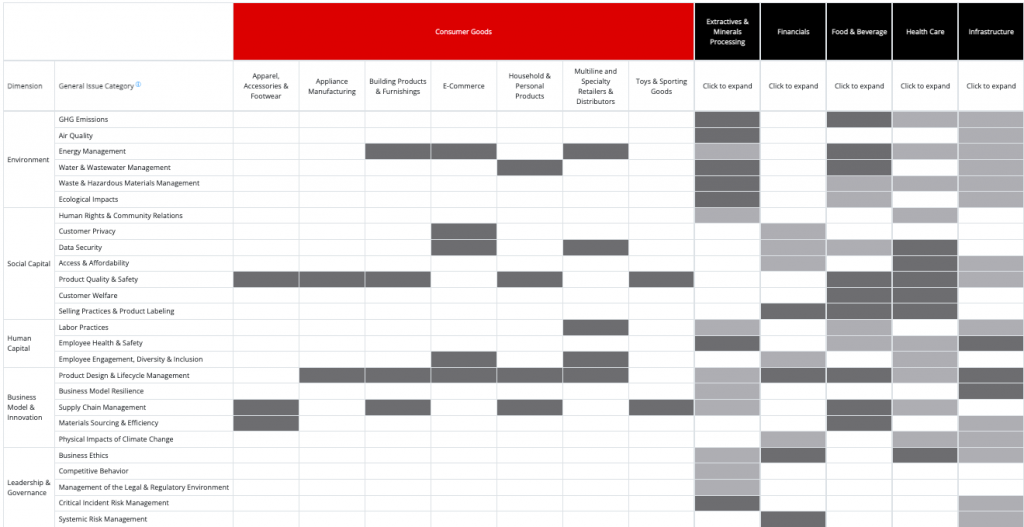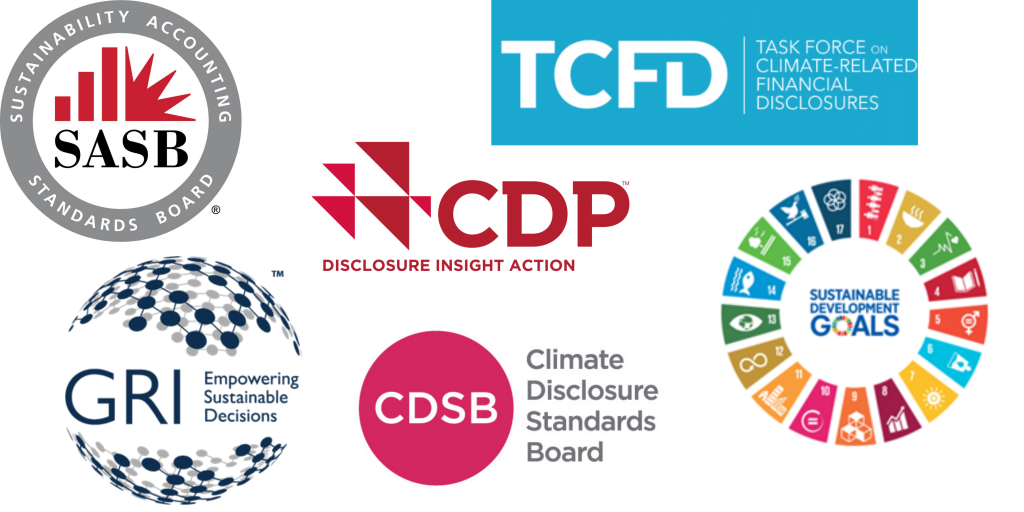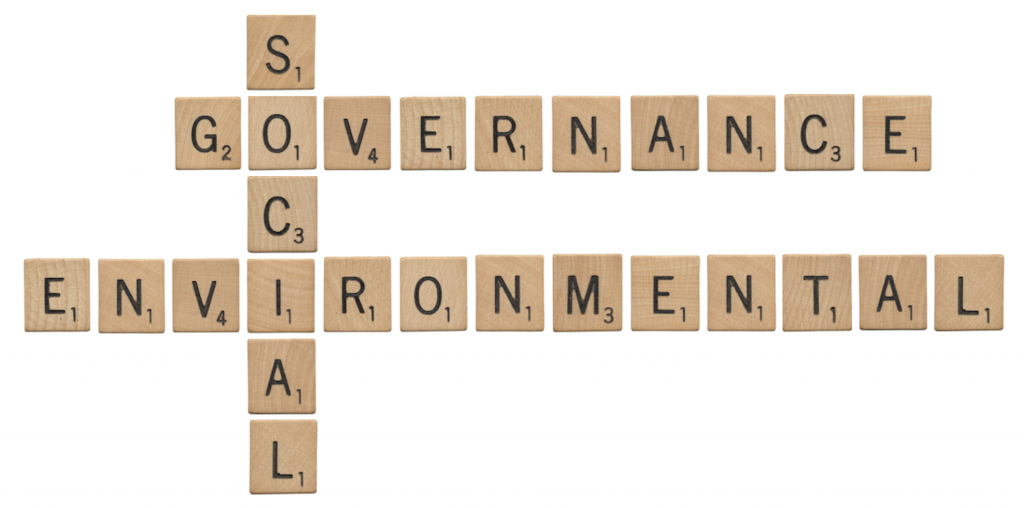Congrats! Your firm has decided to start reporting and implementing ESG initiatives. The first step is complete, but where do you go from here?
Beginning ESG practices can feel overwhelming and confusing. There are seemingly endless options for reporting frameworks, the necessary data is scattered across the enterprise, and you find yourself constantly explaining to your colleagues what ESG is (no it’s not just starting a recycling program). The following are steps on how to get ESG started at your company.
Materiality
Not all ESG strategies are created equal. What works for organizations in one industry is not always pertinent to your industry. It is important that when starting, you look at what your industry’s standard is for ESG: what is the competition reporting on, are there specific guidelines you must adhere to, where are other firms focusing their resources? Determining materiality is necessary for identifying what type of data you may need moving forward, ensuring that you do not waste time searching for information that has little impact on the firm. The SASB and MSCI materiality maps are a great place to start in identifying key sustainability issues, they are both divided by sector and industry. Keep in mind the maps are simply a suggestion of likely issues your organization may face––include or exclude issues at your discretion.

Frameworks
After determining your organization’s materiality, the next step is identifying the frameworks that best align with its short and long-term goals. Some common frameworks include SASB, GRI, TCFD, CDP, and CDSB. Typically, companies just starting ESG utilize the SASB and/or GRI frameworks. Following a framework keeps your reporting focused and lets stakeholders know you are not arbitrarily reporting topics. Frameworks also ensure that your company is reliably comparing itself to the competition and setting benchmarks that can be used to track progress internally. Frameworks are key in creating a thorough ESG report with transparency and integrity.

Buy-in
Now that you have an idea of the issues your firm should measure and report on, it’s time to communicate with your organization as a whole. Likely, you were already given the go-ahead by upper management (if not, start there), as they are typically the first ones to identify the benefits of ESG for the company’s reputation and financial success, but convincing everyone in the enterprise that ESG is a good idea might be difficult. Many employees may be hesitant to adopt ESG because they view it as an additional burden placed on top of their everyday work duties, however, a quality ESG strategy should incorporate seamlessly into any and every position. Part of your responsibility is to educate your peers about what ESG is, how it affects their department, and the role they will play in implementation. Having all employees on board will help ease any difficulty in obtaining data or initiating changes.
How AI Can Help
A common struggle for companies beginning ESG reporting is that the necessary data is scattered across the enterprise and once it’s finally obtained it requires time-consuming manual entry. Artificial Intelligence can centralize and streamline ESG data collection, analytics, and reporting so your firm can focus on what really matters––taking action. Not only will it save the company time and money, but automation will also ensure accurate and secure data and more timely reporting. This will help your organization stay up to date with current ESG trends, quickly address problems in the firm, and produce reports with integrity.

Beginning ESG practices can feel overwhelming, and these steps can help, but the most important thing to remember is that it does not have to be perfect. It is better to create a less comprehensive plan to later build upon than to wait until you can report on every metric possible, inhibiting potential progress. Likely, you will always find your report is not perfectly complete because the very nature of sustainability is change and innovation. There will always be improvements to be made, but do not let that discourage you from getting started. Implementing ESG gives your company a baseline and identifies opportunities for improvements, setting the firm up for success in the short and long term.



